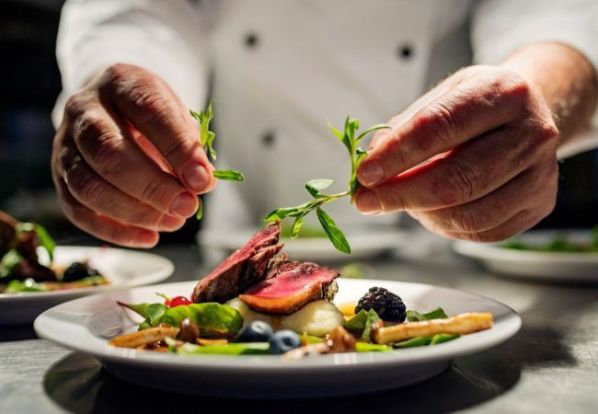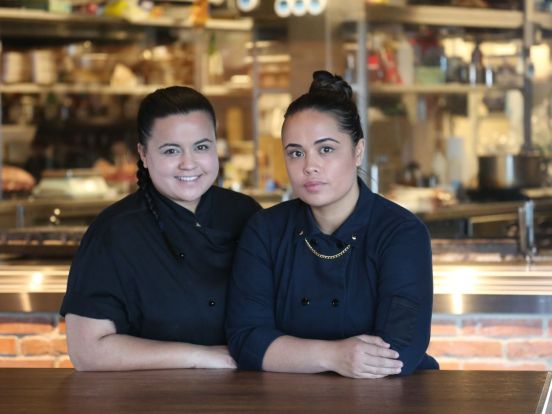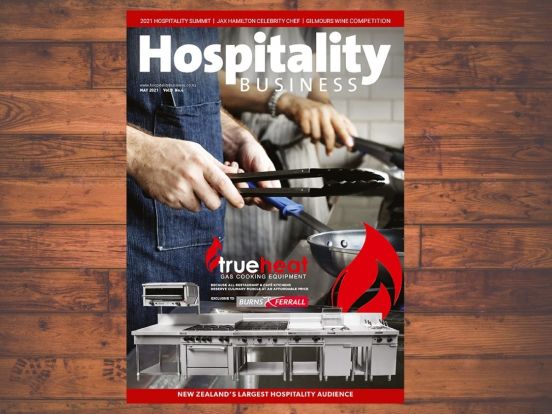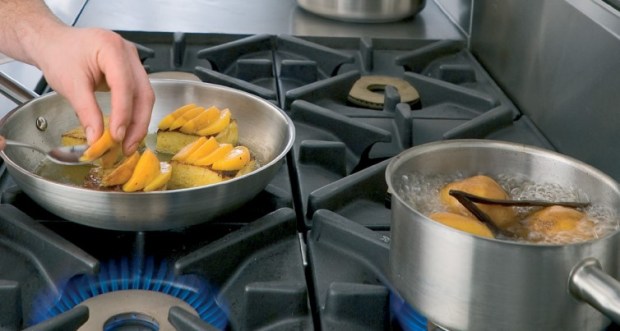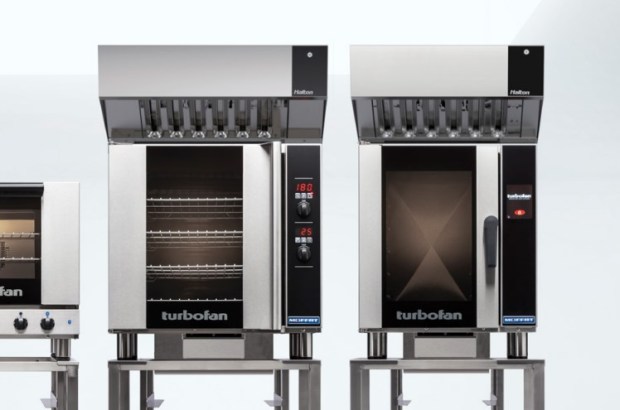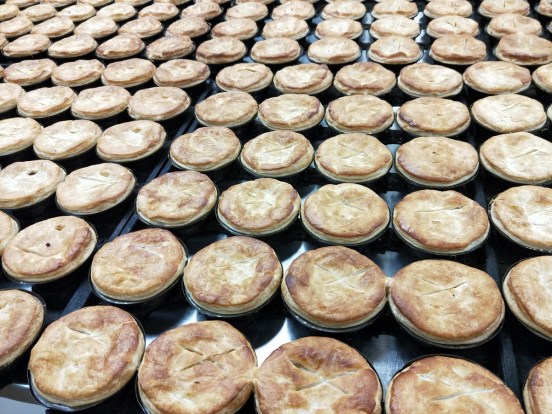Waitresses and waiters, a restaurant’s human face may be limited!
Waiters and waitresses have always played a big part in the experience of eating out. However, in big cities with high property prices, good ones can be hard to find, never mind pay reports Paymentsense. They report some restaurants are starting to think the unthinkable: is it possible to have a successful waiter-free restaurant?
The idea of virtual service came up in a recent report on the UK restaurant sector by Paymentsense*. It highlighted enthusiasm for the idea. Indeed, 76% of consumers would consider ordering by app, if they could, including up to 92% of young families.
So, are waiting staff critical to the dining experience? Or just a cultural hangover from a more deferential age? And what approaches are restaurant businesses using right now to serve customers without servers? Let’s take a look at a few emerging trends.
Idea #1: The customers do it
San Francisco, the pioneer of ‘fast fine’
As the hub of America’s digital start-up sector, San Francisco is a magnet for ambitious entrepreneurs and skilled tech workers. But this unprecedented boom has sent property values soaring while waiting staff have become ever more scarce and expensive.
One approach, pioneered by Greek restaurant, Souvla, is to get the customers to muck in. Runners deliver the food, but diners must find their own seat, get their own water from a stand and, if they fancy more wine, go back to the counter to order it.
Perhaps this is the right approach for the city’s high concentration of tech workers, many of them millennials. The so called ‘impatient generation’ appreciate quality, but don’t always want to hang around too long getting served.
By offering a limited range of high-quality food in charming surroundings and eliminating servers, it’s possible to reduce costs without compromising on quality. Of course, self service is nothing new, but this is a different approach with a new name: ‘fast fine’ and it’s creating interest among purveyors of other cuisines.
Idea #2: The cooks do it
Further down the California coast, in Encino, outside Los Angeles, flamboyant chef Phillip Frankland Lee is pioneering a different approach centred on his Scratch Bar & Kitchen. Rather than eliminate waiters, he’s delegated the role to his cooks.
As well as preparing the food, his kitchen staff must also meet and greet customers, wait tables and take payment. One advantage of this arrangement is that customers are served by someone with an intimate understanding of each dish.
Rather than see his idea as cost-cutting, Lee believes it’s an opportunity to forge a new relationship between staff and customers. And despite a few ups and downs, it seems to be working.
Idea #3: Robots do it
Alibaba Group is China’s own version of Amazon, re configuring multiple business models at scale for massive profits. However, unlike their American rivals, they now run restaurants and their Freshippo chain is leading the way in robotised service.
At their Shanghai branch, customers use an app to secure a table. Once seated, they scan the table’s QR code and use an app to make their meal selection. The robotic servers then use radio frequency identification to wheel the meal over in a serving pod with a lid that opens automatically.
Idea #4: The owner does it
At De Haan restaurant, in the Dutch city of Groningen, owner Dennis de Haan does everything. He’s the chef, cook, server, sommelier and dishwasher at the sixteen-seat establishment which serves five courses and features an open kitchen and wine bar.
He’s done it by ruthlessly rationalising every aspect of the experience and every inch of space. Each course has a wine pairing and a dedicated work surface, with ingredients located at arm’s length. Guests simply write down what they’ve eaten to create the final bill.
However, as de Haan admits, solving the logistical challenges would be worthless without great food. Fortunately, customers keep coming back.
Idea #5: Nobody does it
The Wufangzhai restaurant chain in China’s eastern city, Hangzhou, is over 100 years old. Yet the company recently revolutionised its offering with a new type of “intelligent restaurant.” The food is still prepared by human hands, but everything else is automated.
Customers enter an unmanned, hi-tech space and use their Alipay smartphone app to select and pay for a hot meal. Within five minutes, they can pick up their purchase from one of the automatic lockers lining one wall. They can also order in advance or choose from a range of pre-prepared items.
The new concept has halved the company’s annual labour costs, while encouraging customers to spend more cash, and less time, in-store.
Idea #6: It doesn’t happen
Perhaps inevitably, the recent take-off of take-out meals has led some restaurant brands to eliminate their bricks and mortar presence. As a result, we’re now seeing restaurants with a ‘delivery only’ app presence.
This is possible due to the arrival of ‘ghost kitchens’ – out-of-town warehouses where all types of food are prepared purely for delivery through apps such as Just Eat, Deliveroo or Uber Eats.’ With minimal restaurant overheads and burgeoning demand, this trend is taking off in London, Paris, Los Angeles and throughout China.
Some of these digital restaurants are simply extensions of existing bricks and mortar establishments, such as Wagamama or GBK. Others are entirely virtual concepts with no actual walk-up presence.
Food for thought
So, will these new trends threaten high street restaurants or save them? Are they destroying livelihoods or providing an alternative? And will people eat out less – or eat restaurant food (in and out) more?
Perhaps these questions are too simplistic. In the end, businesses are simply adapting to changing economic incentives and new technology. The price points may make these ideas viable for many, but there will always be a demand for a proper night out – and that usually requires table service.
*Restaurant Insights 2020: The inside story on eating out. A Paymentsense Annual Market Report. To download the report visit https://www.paymentsense.com/uk/restaurant-insights/



